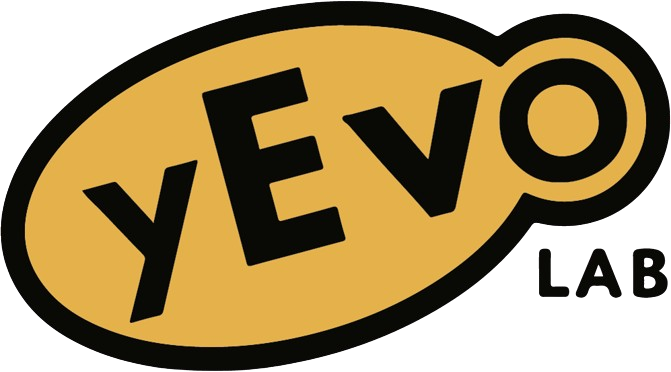A sourdough starter contains both yeast and lactic acid bacteria. These two unicellular organisms are very different but not easily separated from the sourdough starter's heterogeneous mixture. This project's main task was to isolate the yeast from the sourdough starter as the end goal of this experiment was to be able to distinguish yeast from bacteria cells successfully.
The first goal was to create single colonies of yeast and bacteria, and this was executed using the isolation streaking technique. Once extracted onto an agar plate, the next step was to grow our cultures in inoculation tubes. Once the colonies were cultured, it was time to prepare the yeast/bacteria cultures to look under the microscope. After the slides were ready, the final step was to identify if the cultures were yeast or bacteria. Generally, yeast cells are large and clumped together, while bacterial cells are smaller and spread apart. After looking through all the sides, I had successfully cultivated four cultures of yeast.
Shortly after this experiment, the strains of yeast I produced were used in a lab during class, where we looked at how different strains of yeast were resistant to different chemicals. My yeast strain was among the most resistant strains to chemicals such as salt, clotrimazole, malt, and ethyl alcohol. Thus, this experiment can serve various purposes such as extracting organisms from other mixtures, and the process it took to achieve the results can be used to help understand how to differentiate yeast from other organisms.
The protocol can be found here.
This project was carried out under the direction of high school educator Alex Broussard by his student Sofia Karti.
